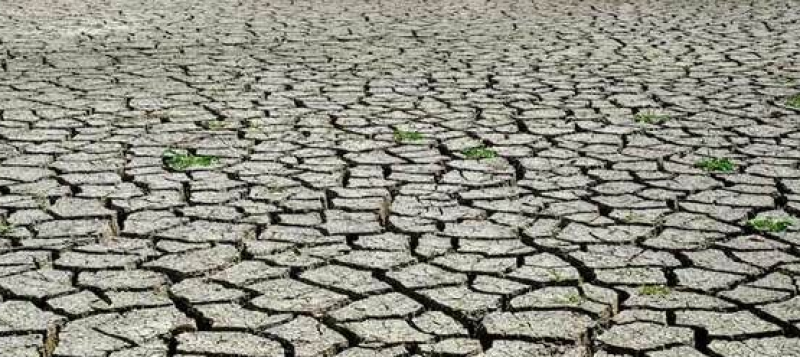Islamabad (Web Desk): Pakistan is among the top 23 countries facing a major drought emergency.
According to the Ministry of Climate Change’s statement, desertification and droughts are critical issues worldwide. Desertification is a global phenomenon caused by environmental factors and human activities but had left Pakistan scarred by its multiple impacts including environmental degradation, loss of soil fertility, loss of biodiversity, and reduction in land productivity, which had exacerbated the vulnerability of fragile local communities, the statement read.
“Droughts are not some new phenomenon. They have always been a part of nature and human experience, however, with massive deforestation, and anthropogenic activities a noticeable change in climate conditions had accelerated the fallout. In Pakistan, people are experiencing water stress and rivers are drying up all over the country due to prolonged heat waves, delayed rains and poor distribution of water.
“This worsens especially when the country is predominantly arid. In addition, Pakistan’s per capita water availability has dropped from 5, 060 cubic metres per annum in 1951 to only 908 cubic metres now. UNDP states that Pakistan will dry up by 2025, if no urgent action is taken today. Our livestock is critically affected by the rising heat and lack of water in already water-stressed areas of Sindh and South Punjab,” it stated.
Pakistan achieved the target of planting 1.5 billion plants, which has resulted in 250,000 green jobs in rural areas that continue to experience droughts and desertification.
By 2025, droughts may affect almost three quarters of the world’s population.
Earlier, the United Nations had also added Pakistan among the countries that are facing drought emergencies in the last two years.
United Nations Global Land Outlook said that Desertification Control through Sustainable Land Management Productive land is scarce in Pakistan — with 80 percent of the country being arid or semi-arid.
The land degradation and desertification are caused by unsustainable land management practices, coupled with increased demand for natural resources, and driven by a rapidly growing and largely rural population dependent on dry lands for their livelihoods.


